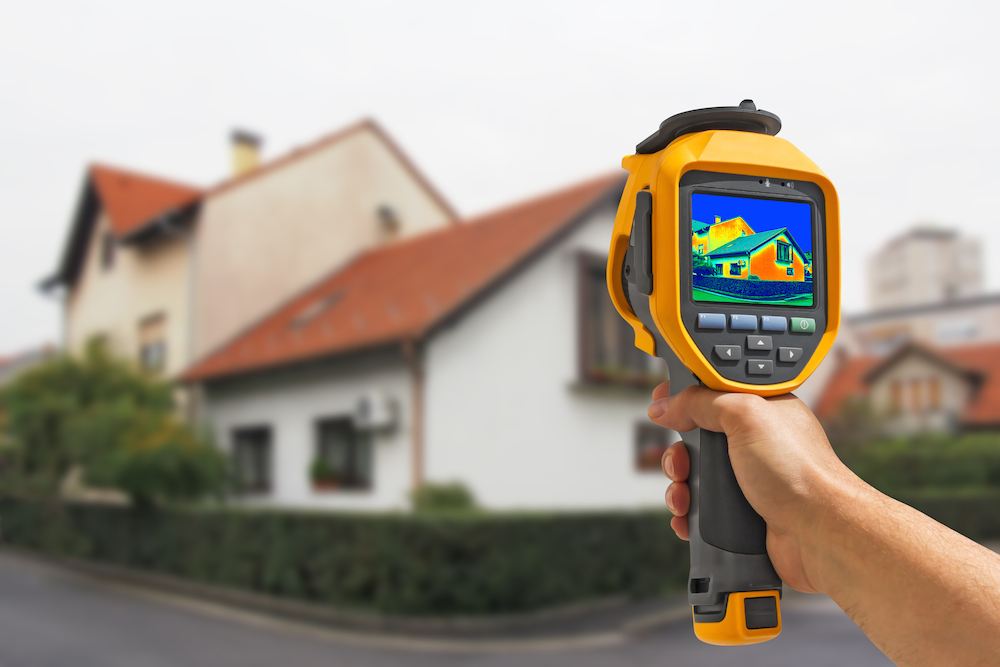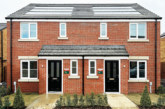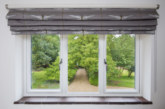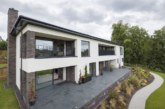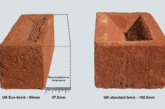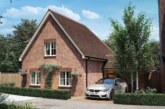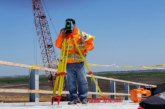For any housebuilder ensuring the energy efficiency of a development is important for both regulatory compliance and customer satisfaction, as Stuart Fairlie, Technical Director of Elmhurst Energy, explains.
The demand for energy efficient homes continues to increase, and with this comes a greater need to ensure that the design is reflected within the constructed property. Being able to prove the correct application of building products, ventilation systems or air-tightness of a home is increasingly important, and the demand for site tests and inspections continues to rise.
Part F of the UK Building Regulations requires that all ‘purpose-provided’ ventilation which includes MHVR Systems (Mechanical Ventilation and Heat Recovery Systems), as well as intermittent extractor fans, are tested to ensure they are operating efficiently and are fit for purpose. Air Flow Rate Testing and Commissioning results must then be submitted to building control, which contributes to the overall building compliance process.
With developers constructing properties which are more air tight, dwellings will need quality ventilation systems in order to reduce the risk of damp and mould build up. This trend will result in greater demand for Ventilation Inspectors, to provide a route to Part F compliance.
Moreover, those already offering on-site testing, such as air tightness testing, as well as SAP assessments will find that ventilation testing can complement these areas well, with a significant number of providers offering these services as a package.
Thermal Imaging Inspectors
Similarly, Infrared thermography is regularly requested by property developers and contractors to check build quality and establish the root of any thermal anomalies or defects that could result in unwanted heat loss. More and more building specifications are including these surveys within their schedules as a means of quality assuring a property.
Infrared Thermography or thermal imaging surveys are commonly used to assess the integrity of building fabric in order to diagnose problem areas and potentially reduce energy costs/emissions. By using this technology inspectors can quickly identify areas of missing or damaged insulation, and heat loss due to air leakage. Inspections are appropriate for both existing and new build properties (during and after construction). In addition to this, thermal imaging is often cited one of the best non-intrusive methods for checking insulation.
Qualified Inspectors will have the skills and knowledge to thermally inspect and assess dwellings and commercial buildings against a pass/fail criterion. Using a quantitative procedure they will present the thermal condition of a building envelope to clients (as either pass, fail or refer) using traffic light indicators for effective visual impact.
Building professionals can easily integrate thermal imaging for building surveys within their existing services, as an option for assessing the quality of insulation throughout a property. This type of survey is valuable in resolving disputes which involve heat loss and air leakage within buildings, due to the non-intrusive method which is undertaken.
Many professionals have already adopted this type of service:
- Energy Assessors are using infrared thermography to enhance the quality of their existing work and are offering this as a ‘Value-add’ service
- Air Tightness Testers are enhancing their site testing services by highlighting actual air leakage pathways through thermal imaging
- Insulation installers are using thermal imaging to demonstrate their work as thermally effective
- National house-builders, who wish to receive competent thermographic reports both at the handover stage or for cases of dispute resolution
- Roofing contractors are using this service to offer both digital and thermal evidence from roofs and other inaccessible areas.
Training
By far the best way to get up to speed on Thermography, Ventilation and Air tightness is to attend a training course. Elmhurst Energy now offers Air Tightness Testing, Thermal imaging for Buildings and Ventilation training courses.
There is little doubt the demand for energy performance measurement is growing, and energy assessors, such as Elmhurst members, are well placed to provide that for housebuilders and developers.


